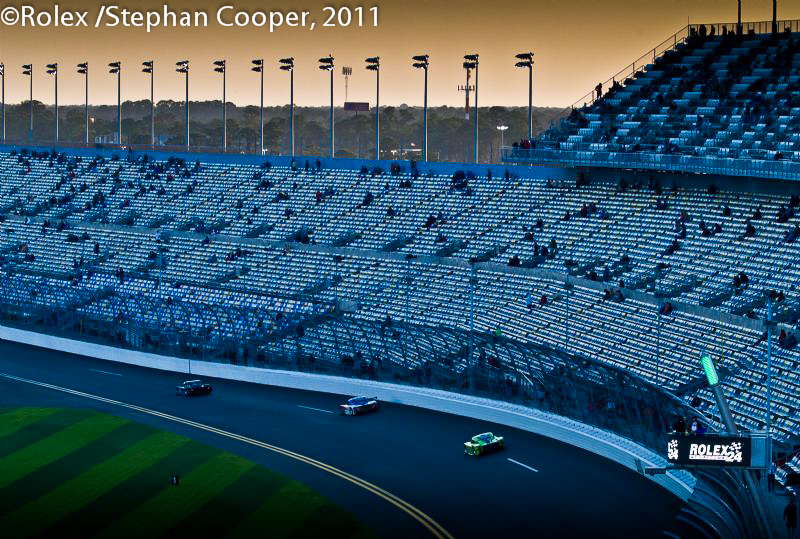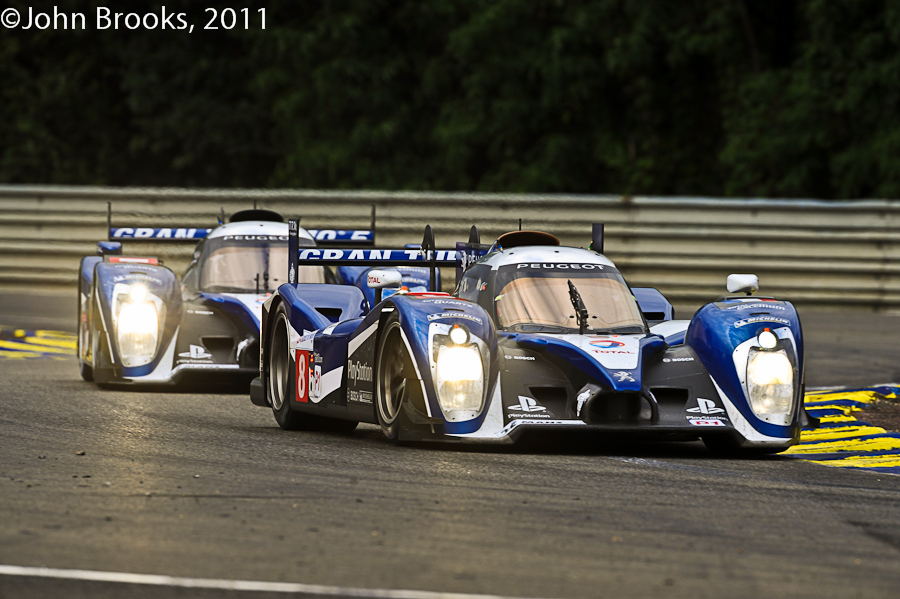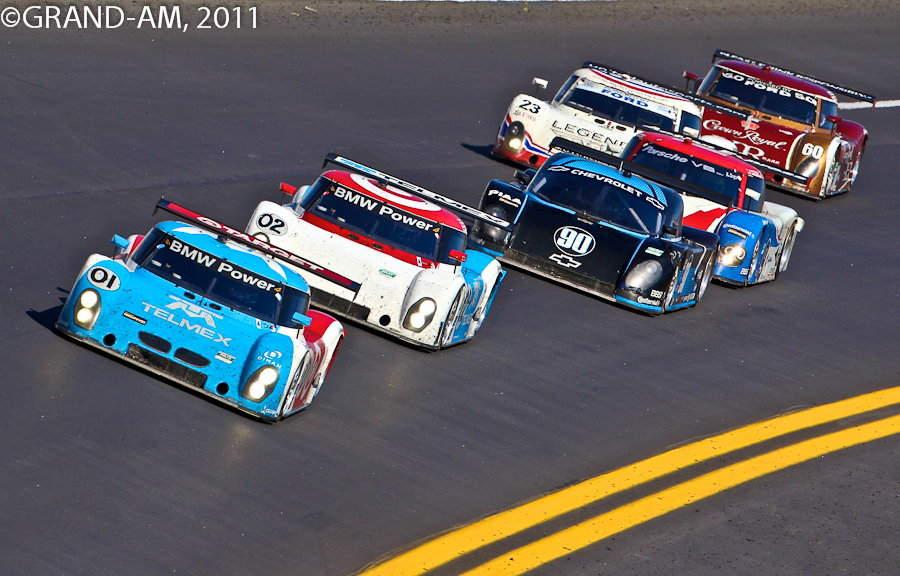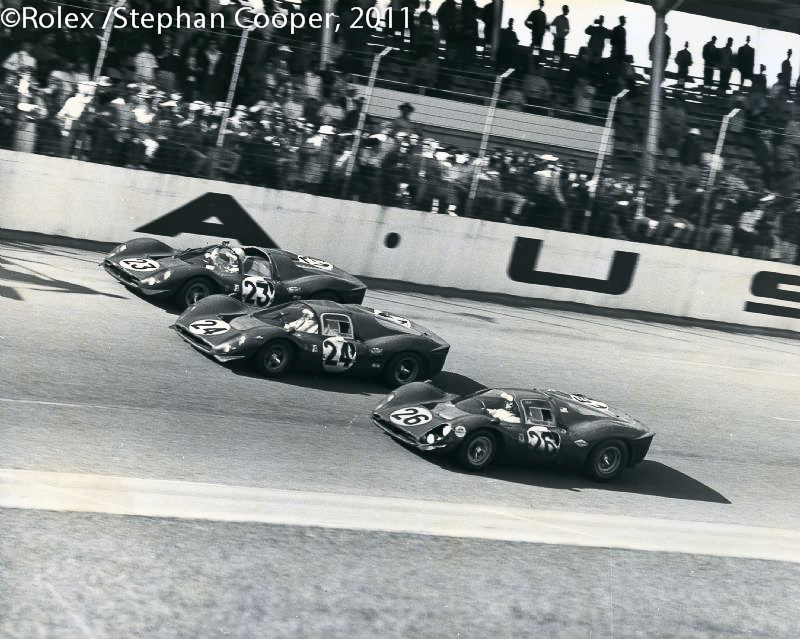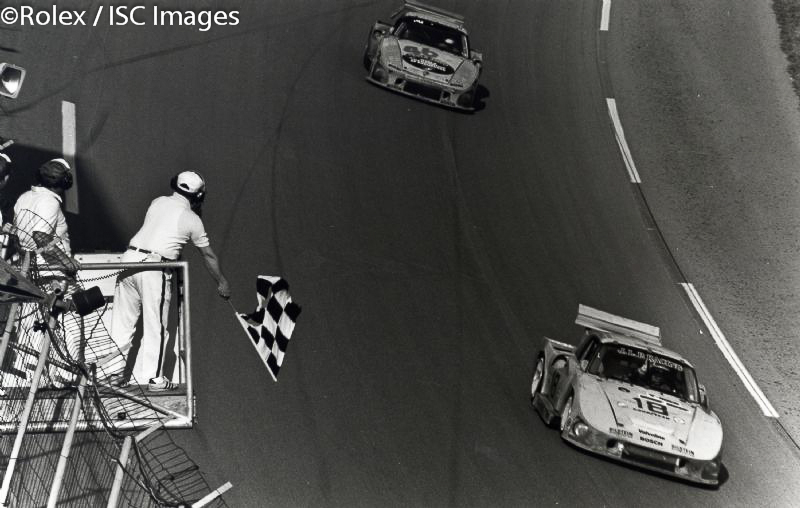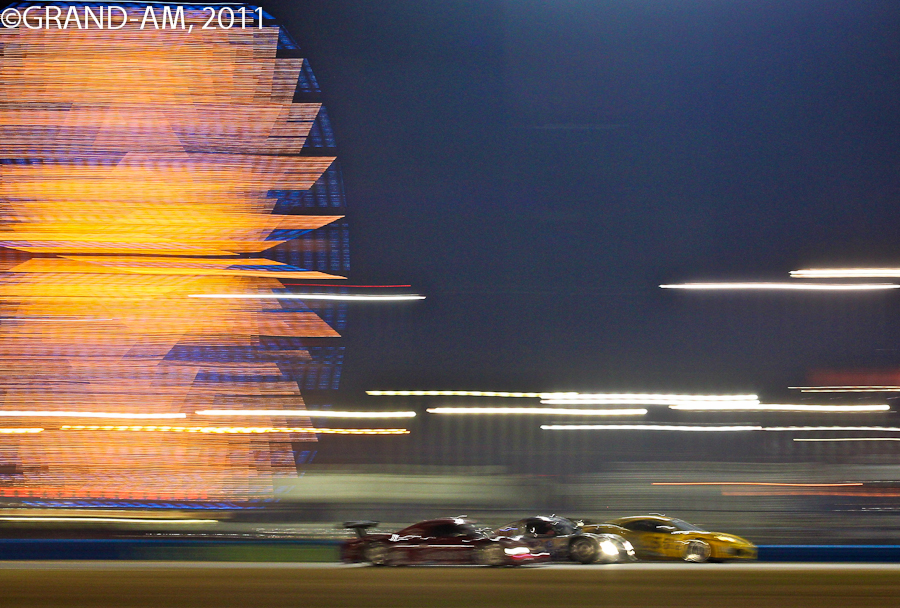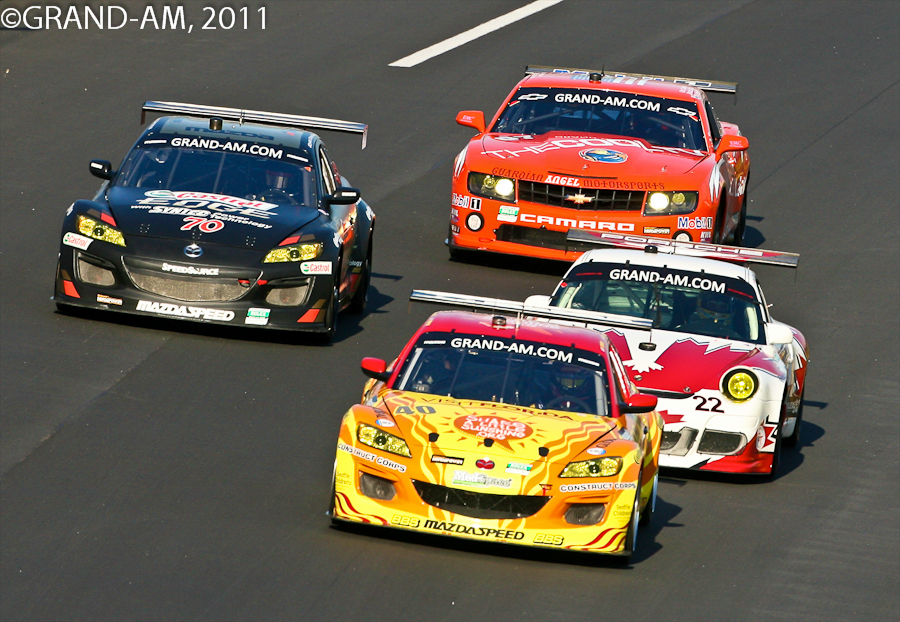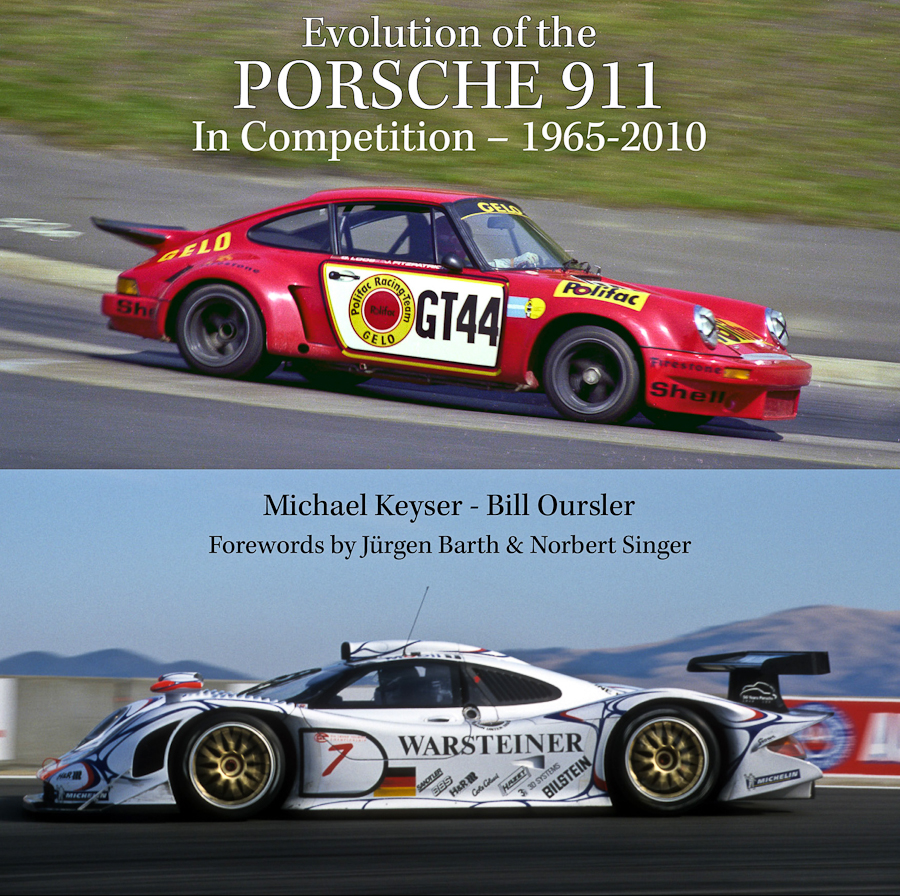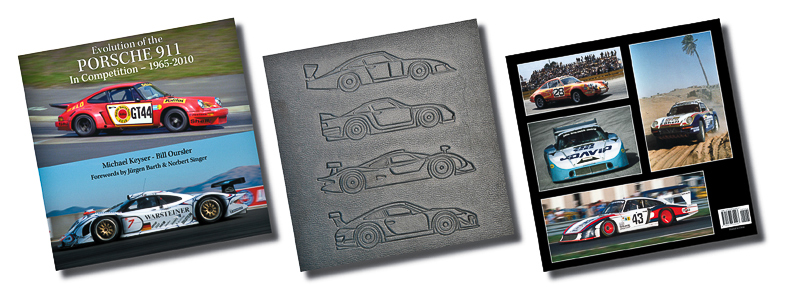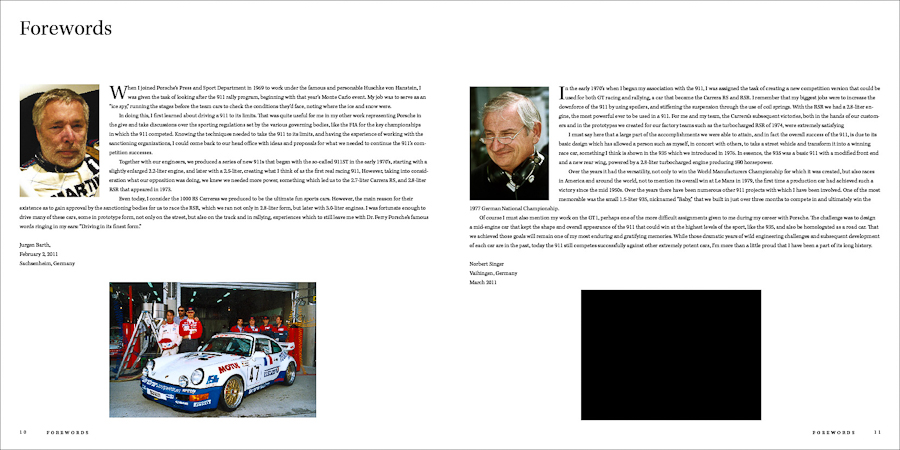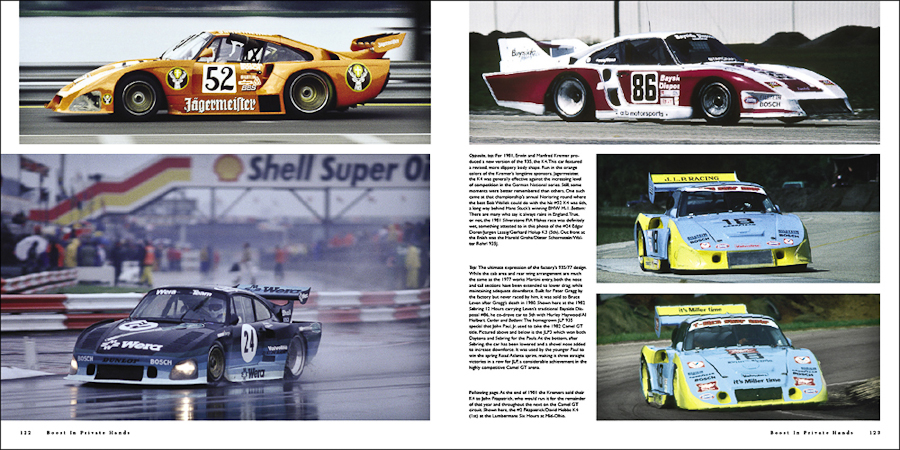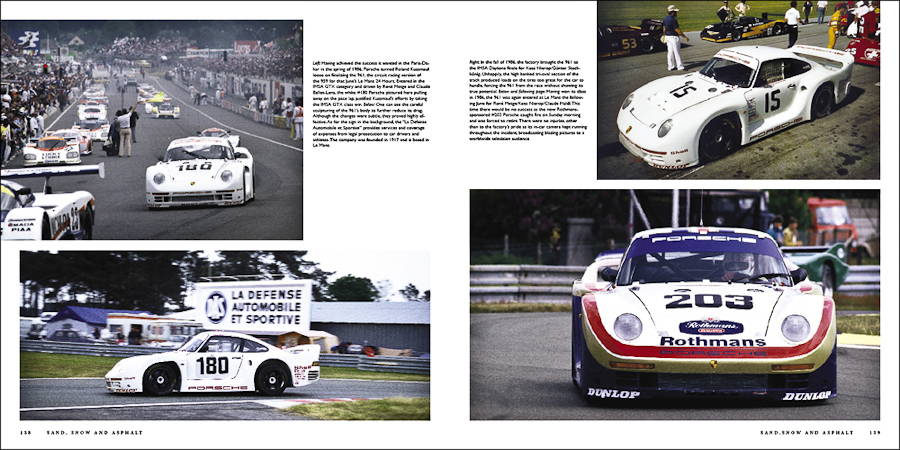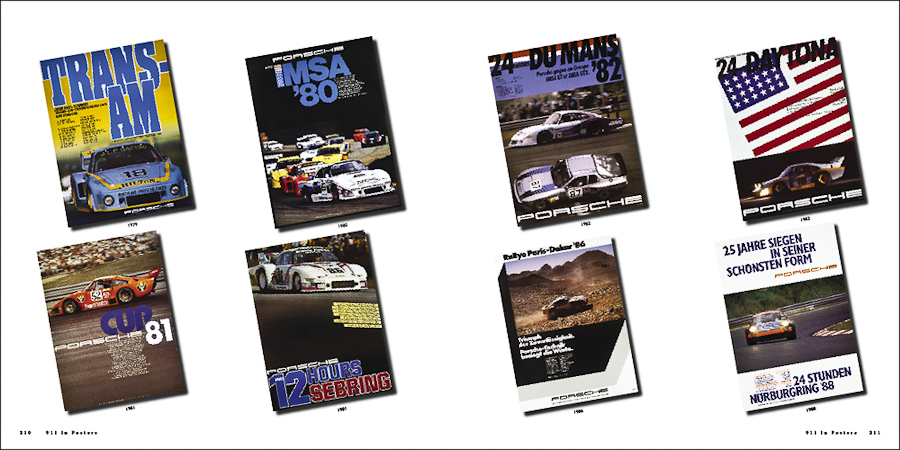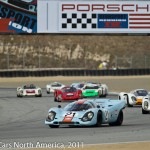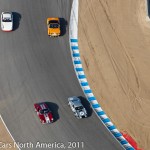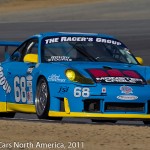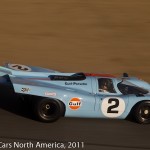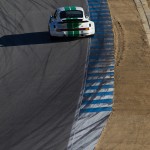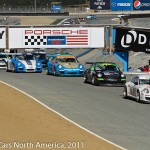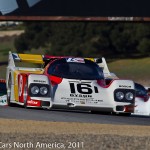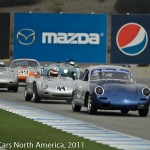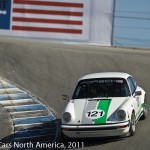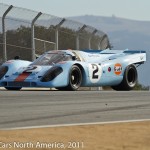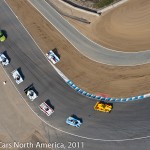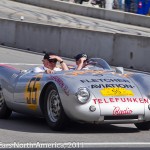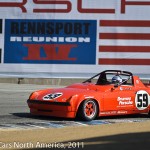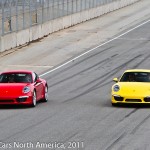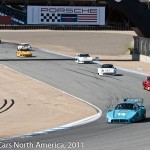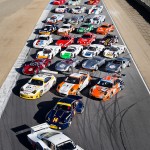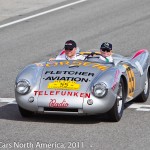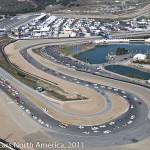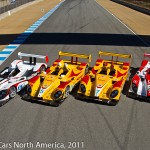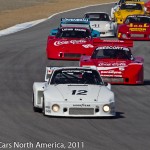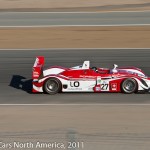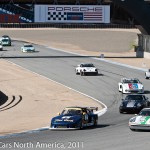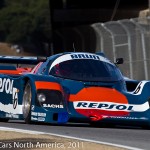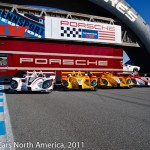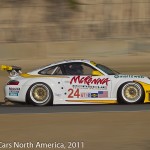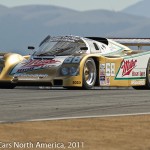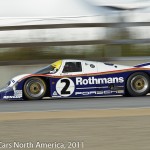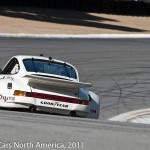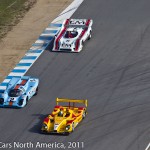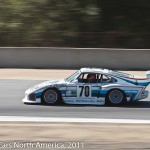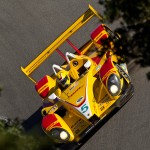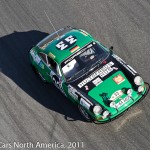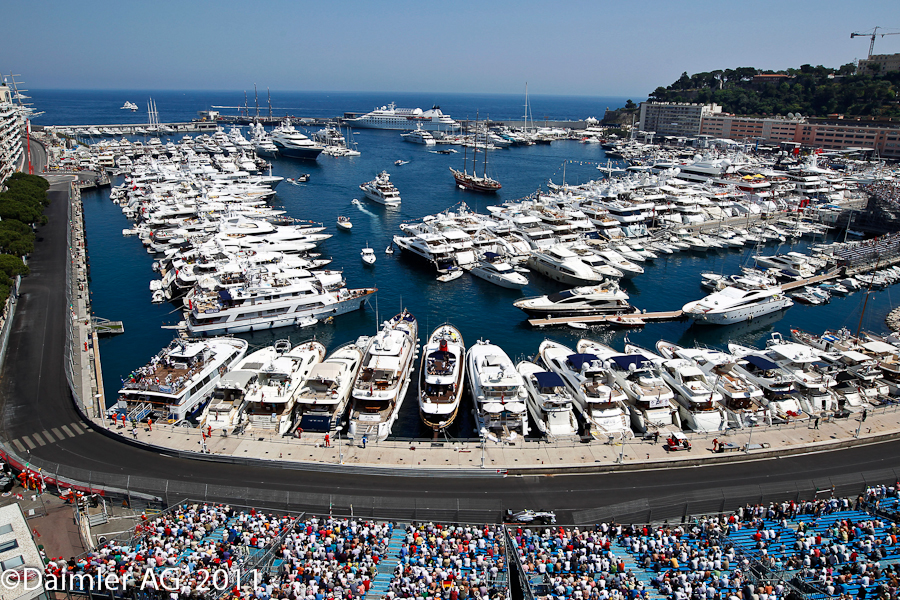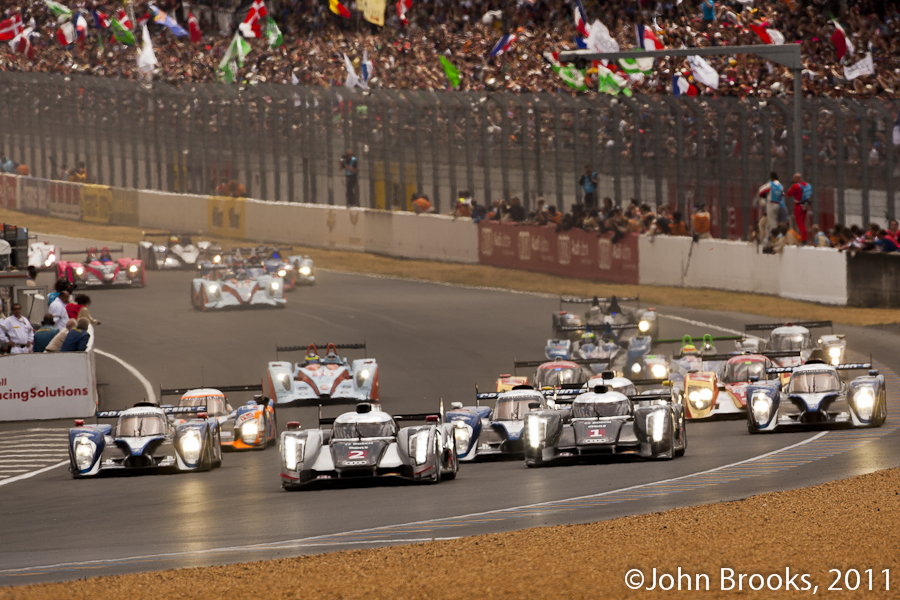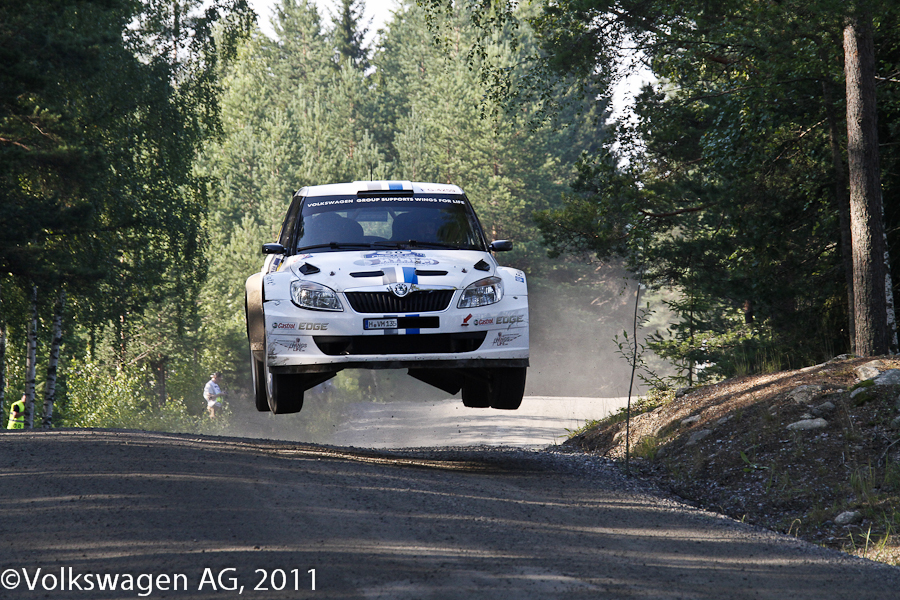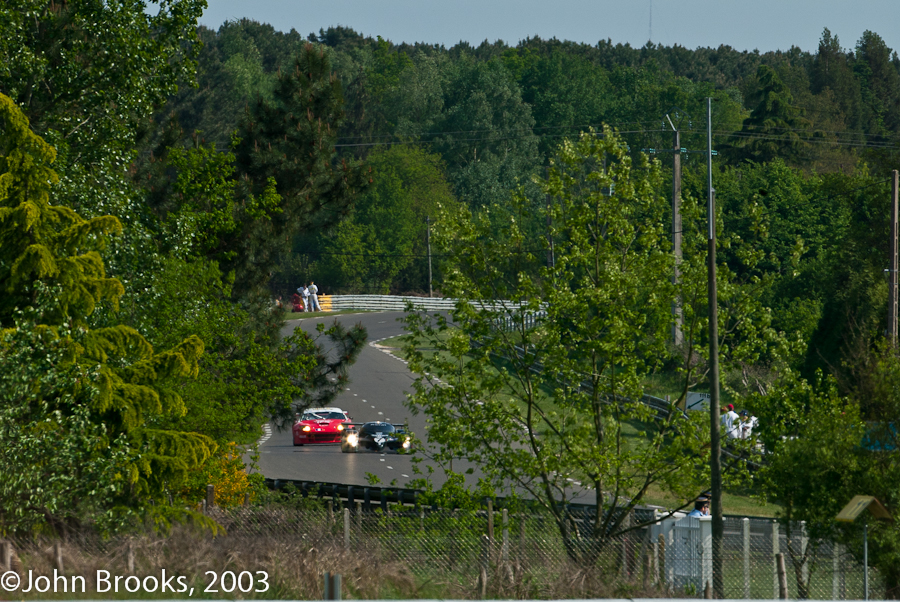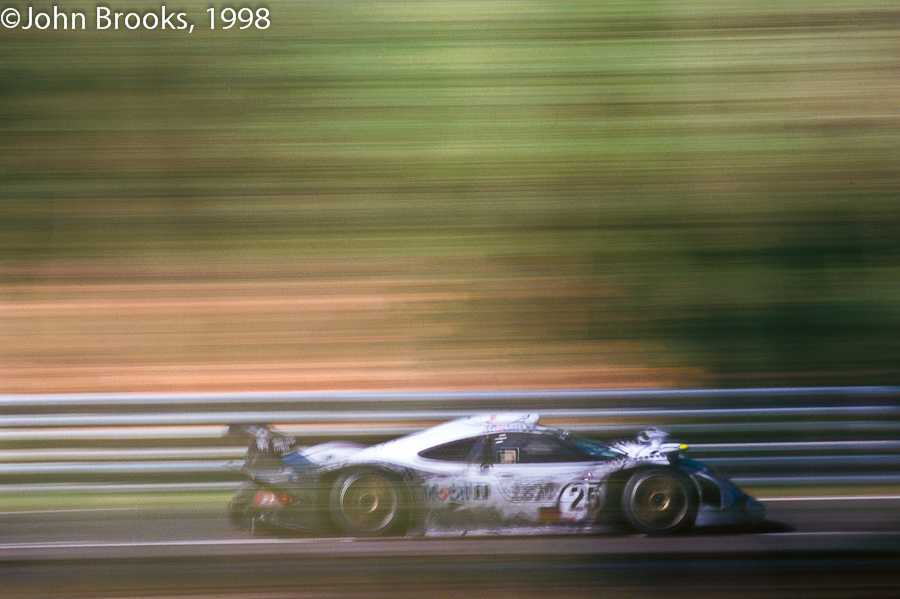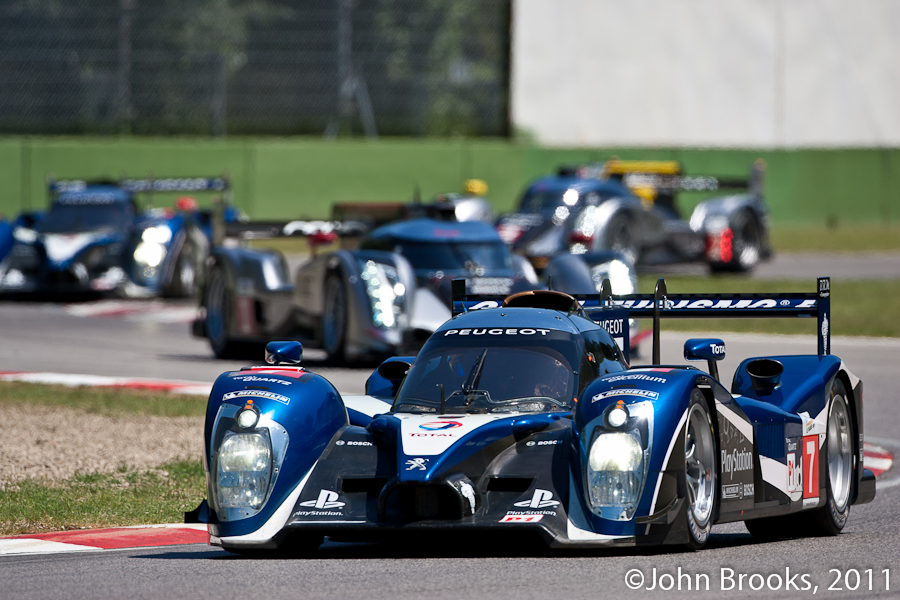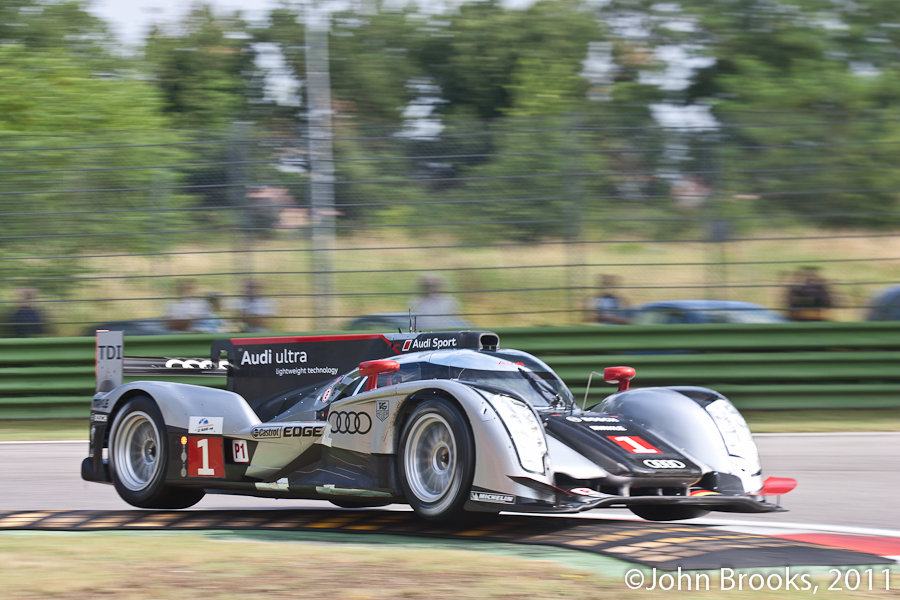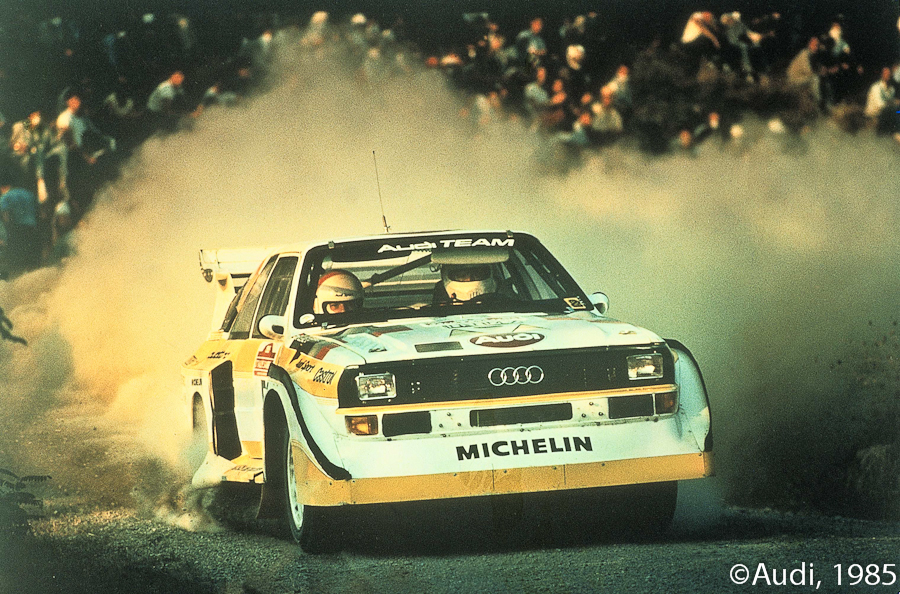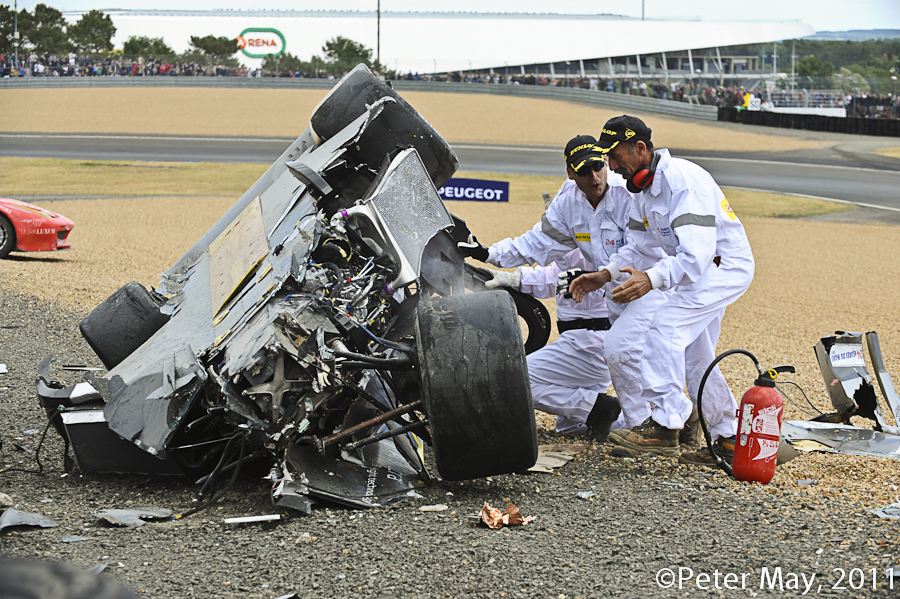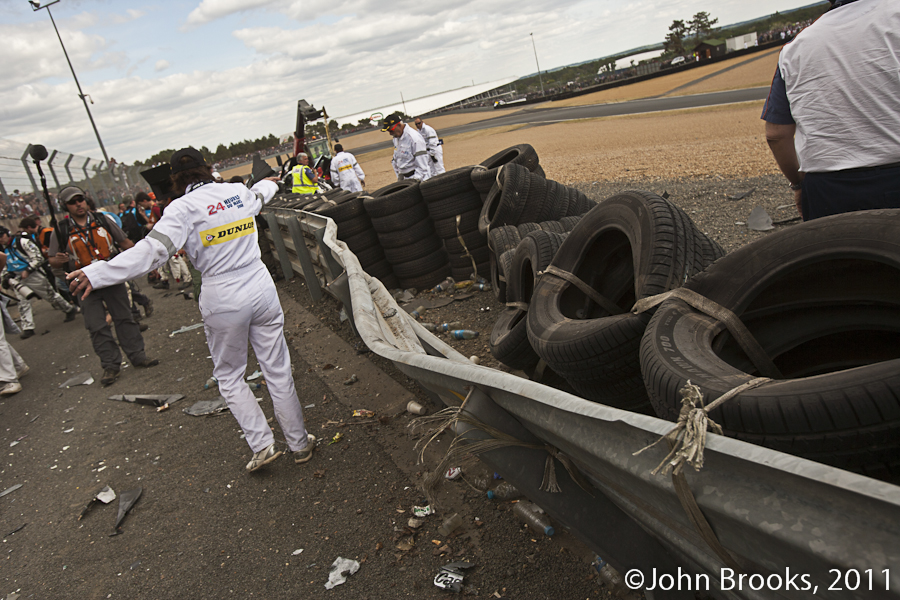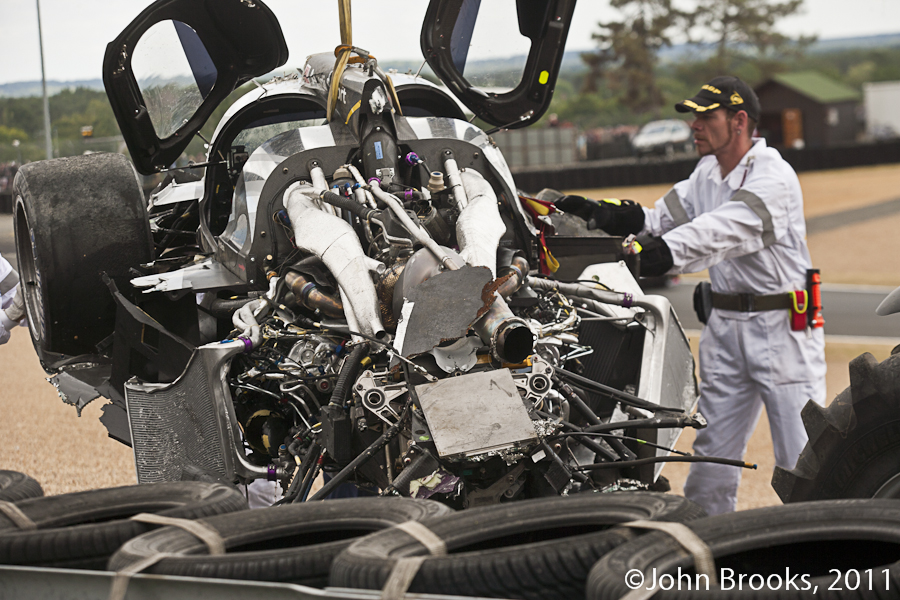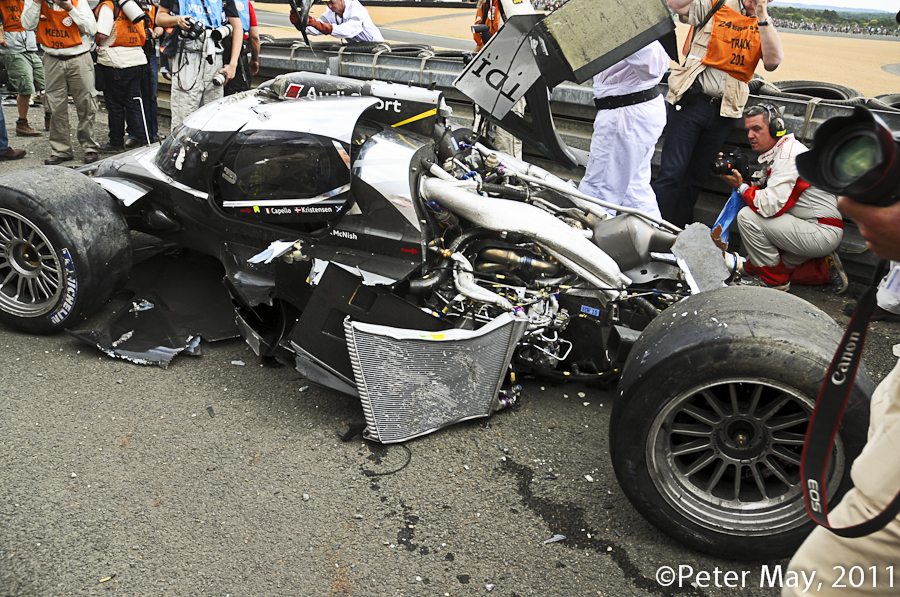It all comes down to the money. With it, almost anything is possible. Without it; well, one might as well just stay home –if, of course, there are a few pennies in the pot to keep the lights on and the hearth fires burning. And, nowhere is money more needed than in the techno-end of today’s high speed, highly integrated, technology driven world.
Right now the rules makers at the FIA and ACO are in the process of writing new regulations that are intended to make international sports car racing a showcase. For what you say? A showcase for promoting and developing the advanced technology necessary for the global automotive industry to be able to build products that meet the demands of a greener, leaner, more efficient energy driven planet.
It is a noble pursuit. It is also horribly expensive. Moreover, it is horribly expensive at a time when the world is in an economic crisis, something particularly true for a Euro Zone whose very existence has been threatened by its fundamentally crippling lack of money and worthless amount of debt.
In the end, it is why Peugeot announced earlier this month it was pocketing its marbles (the ones shaped like pumpkin seed prototypes) and staying home. This decision should, if it doesn’t already, cause the movers and shakers to re-think what the role of the sport should be when it comes to not only its long-term future, but its long-term survivability.
P.T. Barnum, the great circus showman once said that if you want to send a message, “use Western Union”. Today the telegraph has been replaced by the Internet, but the truth of his words remains as relevant now as it did a century ago when he first uttered them. Peugeot’s withdrawal will hurt the ACO and the new FIA World Endurance Championship, not to mention the American Le Mans Series’ Sebring season opener, which is also the debut of the FIA WEC, at the gate and in the pocket.
Until Toyota arrives, the Audi boys will essentially be unchallenged, something which will obviously diminish interest and revenues. Indeed, even with Toyota, one has to wonder how many Frenchmen will reach into their wallets to purchase a ticket for Les Vingt-Quatre Heures du Mans now that their hometown favorite won’t be there. It is time, perhaps, to remember that racing is not a viable venue for testing new theories, or being politically correct. All the major manufacturers have their own facilities to do that far better than they can on a public race track. Whatever motorsport might have been in ages past, it is now is purely entertainment, just as every other professional sport is. If the dog refuses to eat the dog food, no matter how much the producer might want it to be so, it isn’t going to be a best seller. Let’s face it, the revival of the Franco-German contest for superiority, in the form of the war fought between Audi and Peugeot at La Sarthe, was riveting; and riveting sells tickets. Put another way, it is the dog food which can make, and keep racing healthy, and prosperous.
Ironically, the very presence of manufacturers such as Audi and Peugeot, has created problems for the sport by pushing its privateer base out into the cold. The cost of trying to beat the factories has become prohibitive, even for the deepest pockets. All too often those in charge of motorsport forget that car makers are fickle; they don’t participate out of largess, or love of racing, but rather to meet their own perceived goals. In short, they come and go with a distressing regularity, leaving those behind blowing in the wind.
There are no easy answers here. Just ask the folks running the NASCAR Grand Am Rolex sports car tour which opens for business this weekend with the Rolex-backed Daytona 24-Hour show. Grand Am has solved the pesky issue of manufacturer involvement by banning them from doing so, and limiting high cost technology in the process. The Rolex championship is the poster child for a privateer oriented pro-racing title chase. Unfortunately, so far it has failed to gain any respect, or attention, from the bulk of its desired fan base.
When I was growing up in New York City I could watch the New York Yankees play for something under $10. Today, that same ticket costs in excess of $50 because of the salaries paid to the players. When I worked for Volkswagen of America’s Audi Trans-Am and IMSA GTO racing programs at the end of the 1980’s, the costs were but a small fraction of what they would be now.
There is no way to go back to the good old days. But, we can be careful and prudent, and even realistic about how we approach the future. If we do that, if we work at giving our customers what they want, instead of what we think they ought to want, then that future will be bright. If not; if we put agendas ahead of everything else, then, as they say, who knows what will be.
Bill Oursler, January 2012
– Bill Oursler

